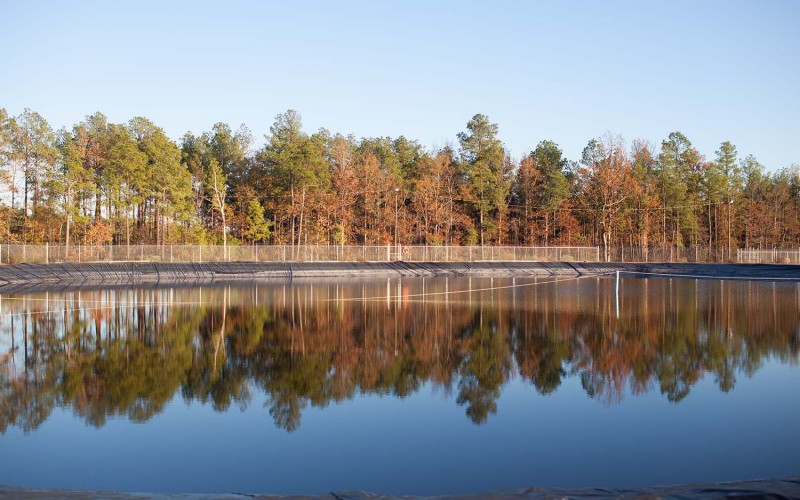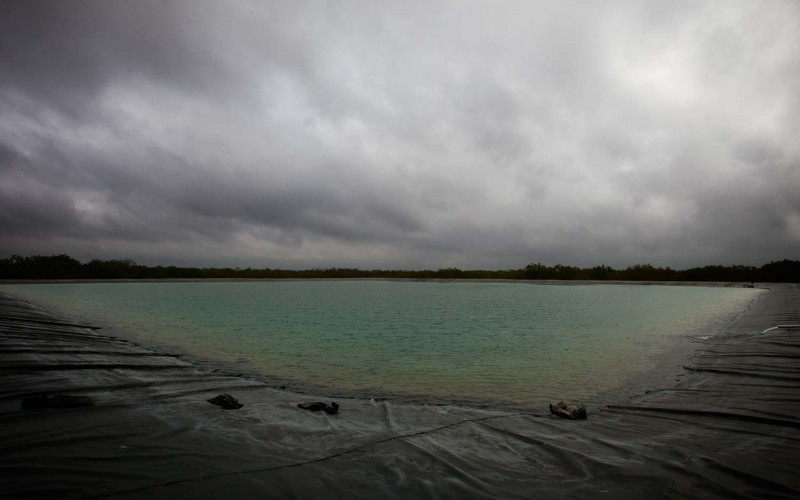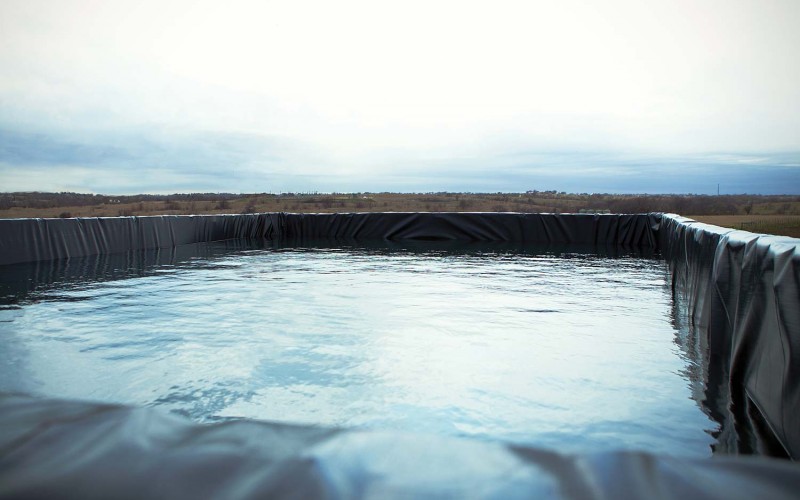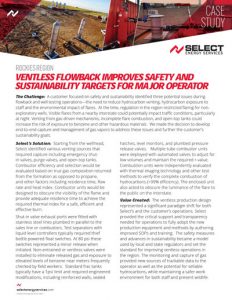The Water Story

A Little More on Hydraulic Fracturing.
A key to the completion stage of an oil and gas well is hydraulic fracturing, which requires large quantities of water. Once a shale well has been drilled, it is then hydraulically fractured by pumping a mixture of water and proppant (typically sand) into the formation under high pressure, which fractures the rock and allows hydrocarbons to flow into the wellbore for extraction. An average shale well requires up to five million gallons of water during the frac job, depending on its location and the formation characteristics.
Water sources are often difficult to locate and secure access to, particularly in the quantities required for multi-well development programs. Once located, the water must be delivered to the wellsite for utilization in the hydraulic fracturing process. After the water is pumped into the well, it returns to the surface over time. Ten to fifty percent of the water returns as flowback during the first several weeks following the hydraulic fracturing process, and a large percentage of the remainder, as well as pre-existing water in the formation, returns to the surface as produced water over the life of the well. Both the flowback and produced water must be recovered, treated, and either recycled or transported off-site for disposal.

Improved Technology Changed the Game.
The production of oil and gas from hydrocarbon rich shale formations is arguably the most significant development in the onshore North American oil and natural gas exploration industry in the past 30 years. While it has been known for decades that the shale formations were rich in hydrocarbon, it is not until the late 1990s that that the technologies underlying horizontal drilling and hydraulic fracturing have combined to allow previously inaccessible or uneconomic depth formations to be exploited for the extraction of oil and natural gas.
According to the U.S. Department of Energy, the United States has 482 trillion cubic feet of technically recoverable unconventional natural gas, or more than a quarter of total US potentially recoverable gas reserves. Combined with the growing importance of unconventional oil drilling, there is an inventory well into the future of natural gas and oil shale plays to be drilled and hydraulically fractured.

Water In Demand.
Now more than ever, water is becoming a more integral part of the success of oil and gas operations. In fact, an average shale well may require up to 21,000,000 gallons of water during the completion phase, depending on its location and the formation characteristics. As water requirements for hydraulic fracturing are increasing, energy producers are faced with the challenge of source water limitations and the complexity of treating and disposing of produced water. Additionally, water solutions vary by basin and stage of development making it difficult to secure cost and time efficient water sources. Energy producers are also experiencing new pressures to utilize sustainable sources and methods.

Strategic Water Management Is Essential.
Select Energy Services relies on the expertise of its Water Solutions, Well Testing, and Fluid Handling business units combined with its Fluidity teams to help manage the complex and increasingly expensive challenges that water presents in oil and gas development. Our combination of service line expertise and technical capabilities supplied by our Fluidity teams affords operators an all-inclusive solution that addresses equipment needs, regulatory compliance, pre-planning and complete project management. By implementing our innovative approach to water handling, we can help drive efficient, environmentally responsible and economic solutions that lower AFE and LOE costs throughout the life cycle of the well.
